


Note: The content of this article comes from David Thompson, the nephew of James Frank Thompson.
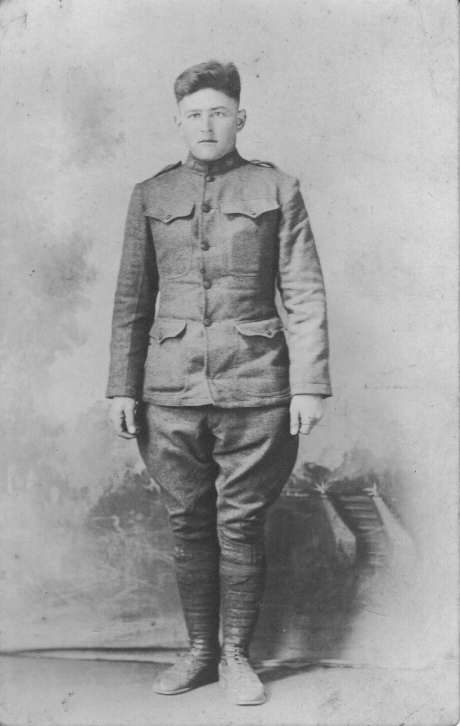
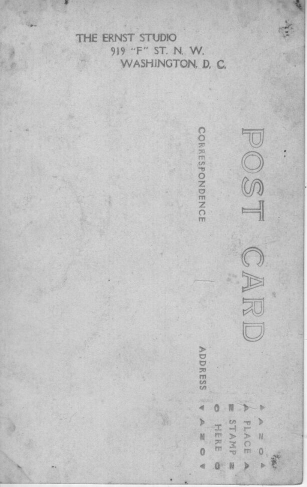
Here are the photos and Statement of Service card of my dad's brother, James Frank Thompson. He was inducted at Macon, Missouri and sent to Camp Funston, Ft. Riley, Kansas in September 1917. Born and reared in Macon County, MO, he was working in Wisconsin when drafted. In February, 1918 he was transferred to 20th Engineers and ultimately shipped out in Company E or 29 Company in the 10th Battalion. From what I have read about 20th Engineers, I presume his transfer was due to work experience. His start of overseas service from the SOS card agrees with their departure date in the book. Dates don't match for the return voyage. His Statement of Service card gives discharge date of July 2, 1919, two days before the book says 29 Company landed. I know from other accounts that some dispersal was done at the embarkation camps in France and that is what I assume happened. The few other members of 29 Company whose names and data I have found have end of overseas service and discharge dates that agree with the dates for 29 Company in the book.
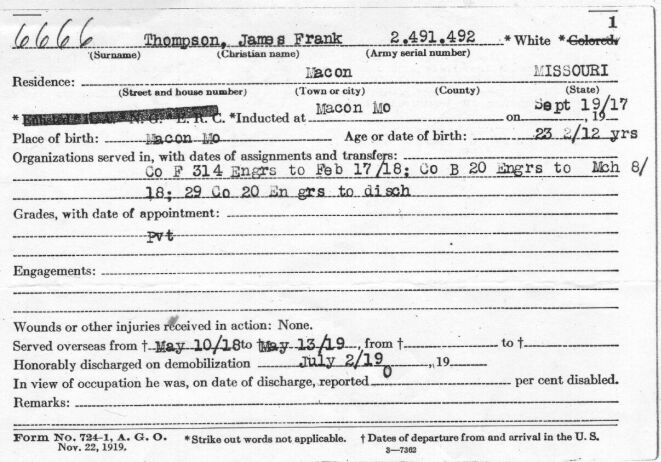
I believe the studio photo was taken while at Camp American University between February and May, 1918. I've included the back of the photo postcard as it gives the studio name and address in Washington D.C. Notice that you can see the castle in his collar insignia. The other two photos were taken at the family farm near Axtell, MO (near Atlanta) in the summer, consistent with a July discharge. In one he must have just arrived as his uniform is still "fresh". In the other photo his uniform is no longer fresh. He has been fishing at either the farm pond or the creek just down from the house. My family moved to this house in 1946 when I was about 9 months old and lived there until I was 8 or 9 before moving down the road about a quarter mile.
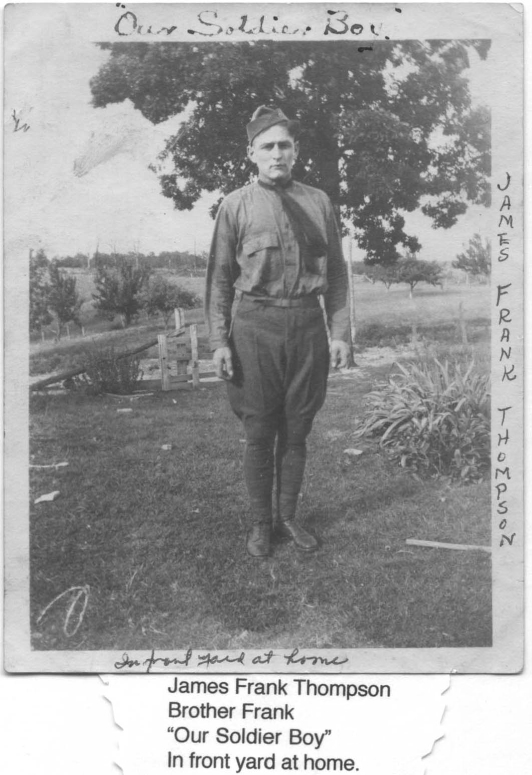
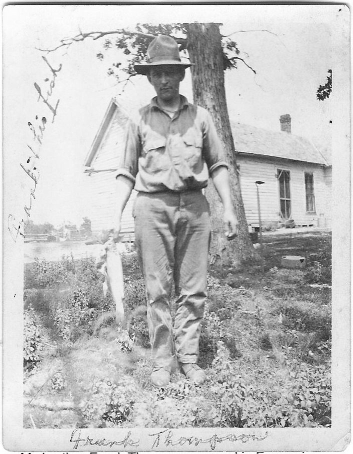
Uncle Frank was working in Chicago and heard the gun shots from the St. Valentine's day massacre. Later he married and lived in Wisconsin, worked in logging and owned a dairy farm, before retiring to Macon, Mo. Our family visited them in Wisconsin several times as I was growing up in Missouri. I knew him better after they retired. He died in 1987. Being young, I missed the chance to learn much about his WW-I experience as it didn't come up in conversation that I recall.